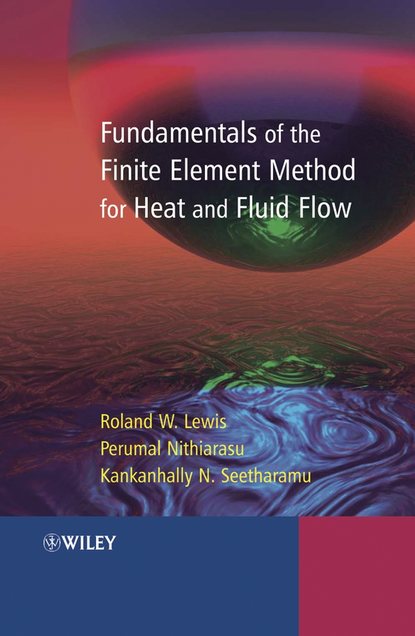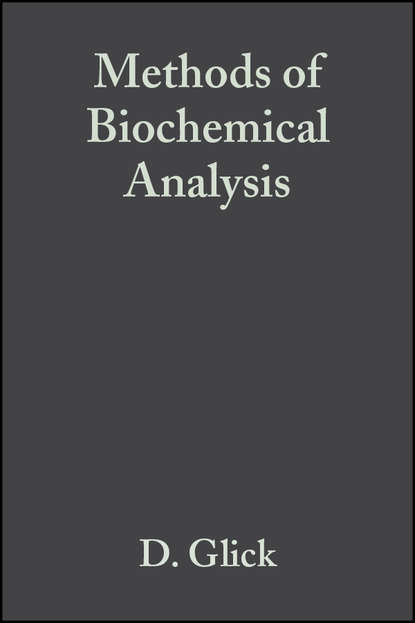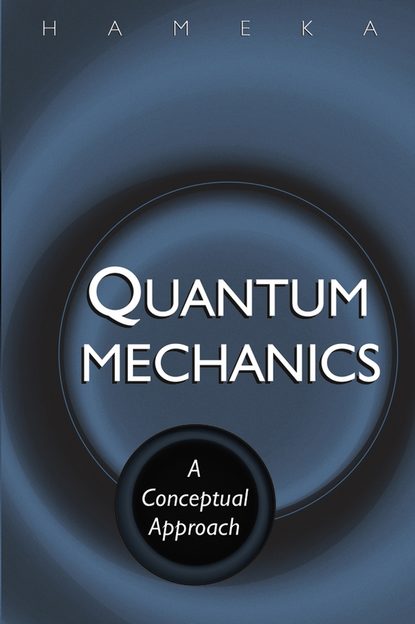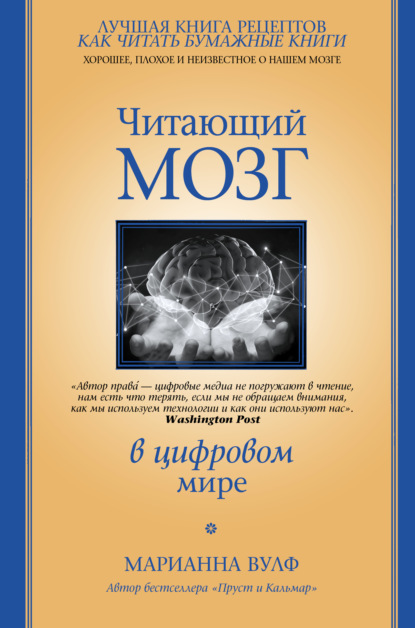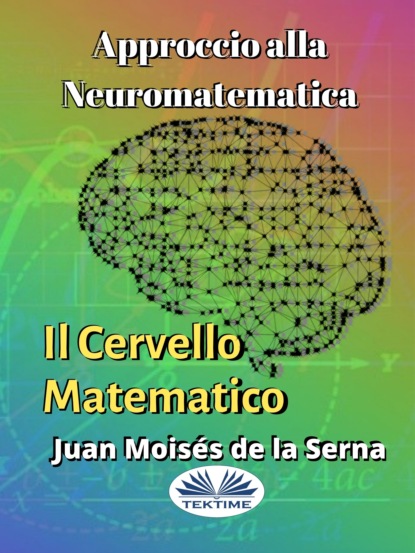Книга "Основы метода конечных элементов для тепловой и флюидодинамической транспортировки" посвящена теплопередаче как области науки, описывающей перенос энергии между телами, обусловленный разницей в температуре. Три основных вида теплопередачи - это теплопроводность, конвекция и излучение. В большинстве задач эти три вида переноса существуют одновременно, однако их значимость зависит от рассматриваемых задач, и часто незначительные виды теплопередачи пренебрегаются. В книгах, посвященных вычислительной гидродинамике с использованием метода конечных элементов, очень мало или совсем нет упоминаний о тепловых или теплопередающих задачах. Изучение различных типов задач теплопередачи с разными сложными граничными условиями является важным аспектом исследований. Задачи с медленным движением жидкости и теплопередачей могут быть сложными для решения. Следовательно, сложность задач, связанных с комбинированным движением жидкости и теплопередачей, не должна быть недооценена и должна быть тщательно рассмотрена.
Данная книга идеально подходит для обучения старшекурсников основам использования метода конечных элементов для решения задач теплопередачи и флюидодинамики. В ней объясняется, как решать различные задачи теплопередачи с разными типами граничных условий, и используются современные вычислительные методы и коды для решения сложных задач движения жидкости и теплопередачи. Книга содержит большое количество примеров и упражнений по задачам теплопередачи. В эпоху параллельных вычислений, вычислительная эффективность и легко управляемые коды играют важную роль. Учитывая все эти аспекты, изложенные в книге темы, связанные с комбинированным движением жидкости и теплопередачей, будут полезны для практикующих инженеров и аспирантов. В книгу включены также другие темы, интересные для общества теплопередачи, такие как теплообменники и излучение тепла.
This book is ideal for introducing senior undergraduates to the basic techniques for using the finite element method to solve problems in heat transfer. It explains how to handle various types of problems and their associated boundary conditions, and it uses recent computational techniques to deal with problems involving complex fluid flow and transfer of heat. There are numerous examples and exercises to supplement the theoretical approach. In an age where parallel computing is becoming increasingly important, the text's emphasis on computational efficiency will also be valuable. Students and practitioners in the field of heat transfer will find the content useful.
Электронная Книга «Fundamentals of the Finite Element Method for Heat and Fluid Flow» написана автором Perumal Nithiarasu в году.
Минимальный возраст читателя: 0
Язык: Английский
ISBN: 9780470020814
Описание книги от Perumal Nithiarasu
Heat transfer is the area of engineering science which describes the energy transport between material bodies due to a difference in temperature. The three different modes of heat transport are conduction, convection and radiation. In most problems, these three modes exist simultaneously. However, the significance of these modes depends on the problems studied and often, insignificant modes are neglected. Very often books published on Computational Fluid Dynamics using the Finite Element Method give very little or no significance to thermal or heat transfer problems. From the research point of view, it is important to explain the handling of various types of heat transfer problems with different types of complex boundary conditions. Problems with slow fluid motion and heat transfer can be difficult problems to handle. Therefore, the complexity of combined fluid flow and heat transfer problems should not be underestimated and should be dealt with carefully. This book: Is ideal for teaching senior undergraduates the fundamentals of how to use the Finite Element Method to solve heat transfer and fluid dynamics problems Explains how to solve various heat transfer problems with different types of boundary conditions Uses recent computational methods and codes to handle complex fluid motion and heat transfer problems Includes a large number of examples and exercises on heat transfer problems In an era of parallel computing, computational efficiency and easy to handle codes play a major part. Bearing all these points in mind, the topics covered on combined flow and heat transfer in this book will be an asset for practising engineers and postgraduate students. Other topics of interest for the heat transfer community, such as heat exchangers and radiation heat transfer, are also included.
